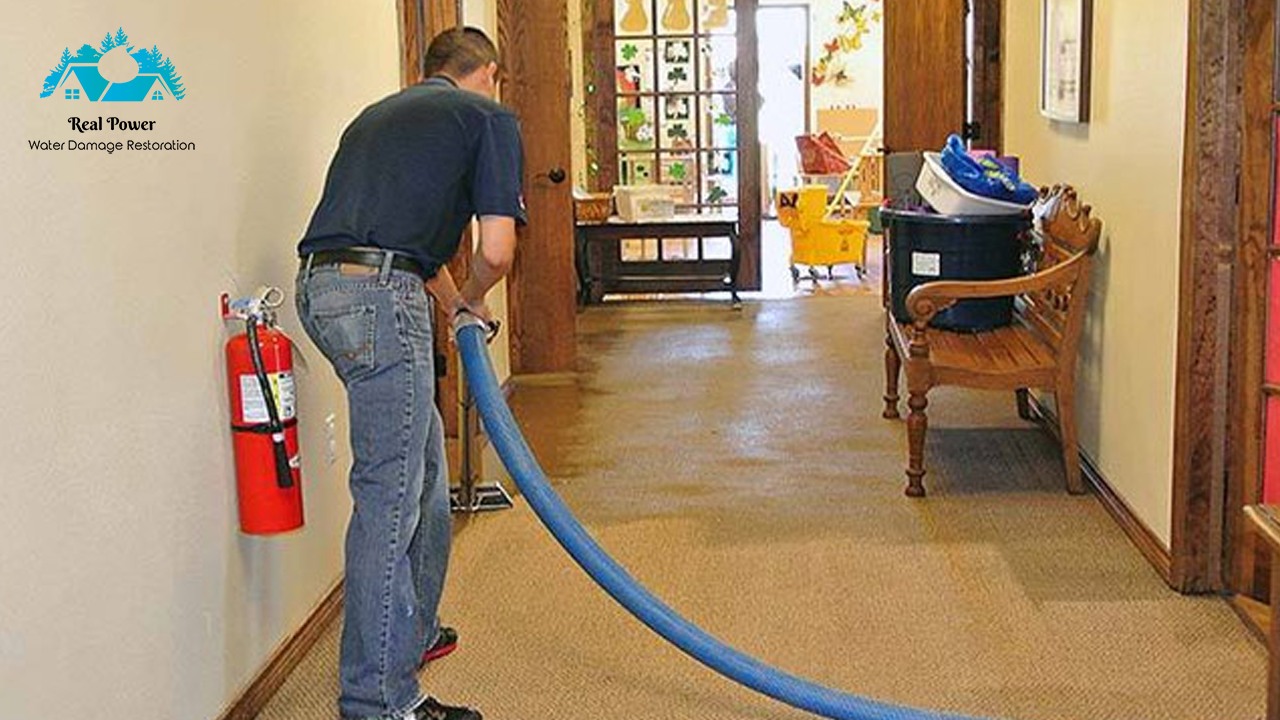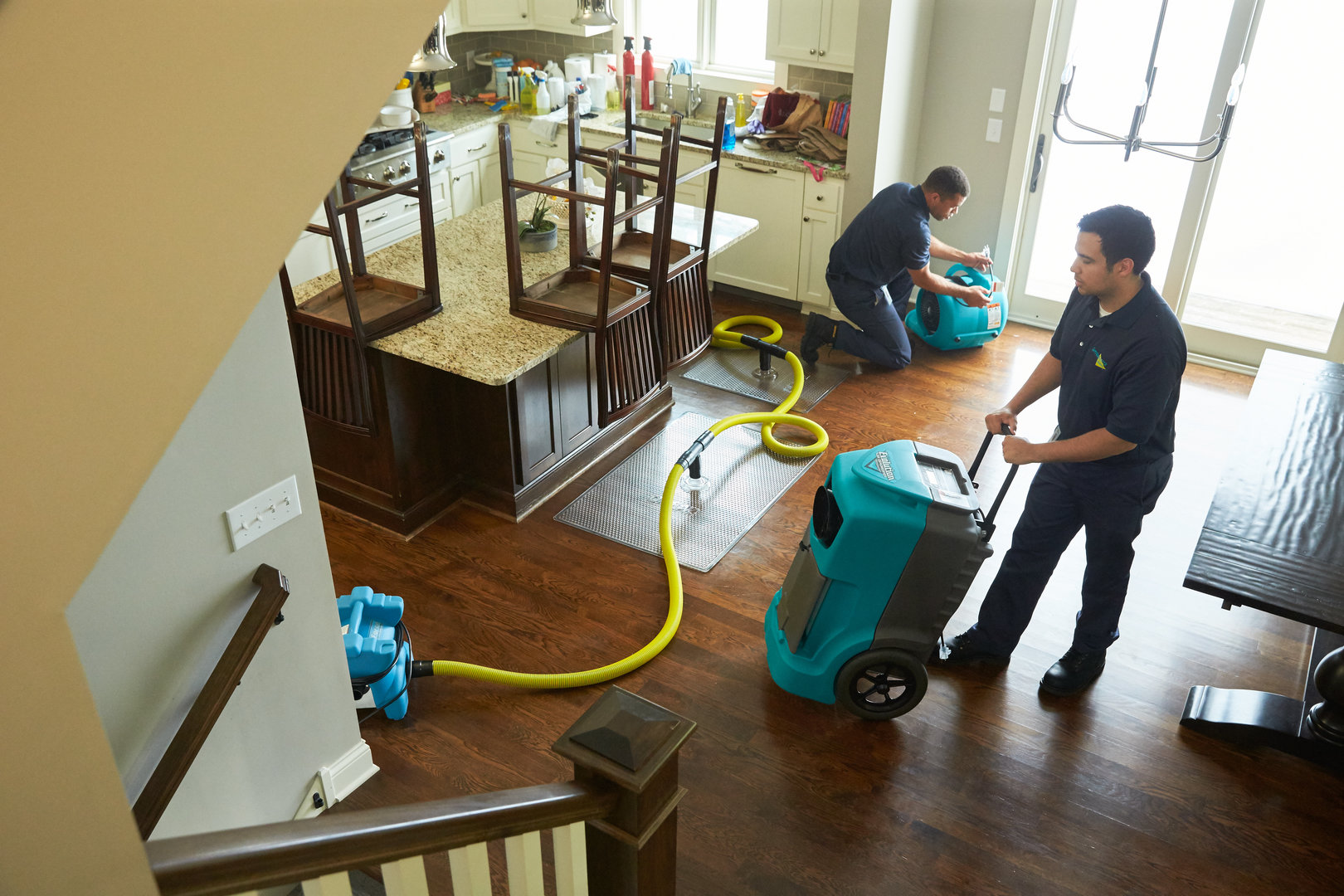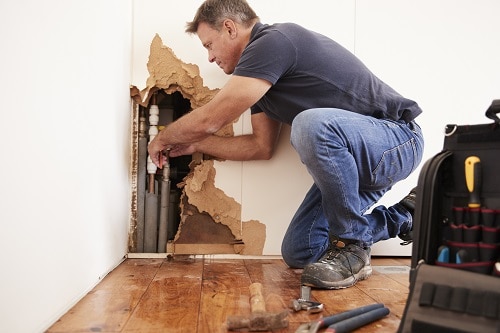Comprehensive Mold Inspection Philadelphia: Introduction Hidden Threats
Wiki Article
Emergency Situation Water Damages Repair: Swift Feedback to Minimize More Damage
Water damages can strike all of a sudden and leave destructive impacts on homes and businesses. When faced with such a circumstance, a swift reaction is critical to lessen additional damages and prevent possible health and wellness dangers. But what specifically does emergency water damages reconstruction require? In this discussion, we will look into the importance of prompt activity, the assessment procedure, the steps associated with water extraction and drying out, mold prevention and remediation, and inevitably, the repair of the damaged area. By recognizing the necessity and extensive nature of this process, you will acquire important understandings right into just how professionals tackle emergency situation water damage, making certain a swift and efficient response.Importance of Swift Response
Swift response is of utmost importance in water damages remediation to decrease further damages and minimize prospective dangers. When water damage takes place, whether due to a ruptured pipeline, an all-natural disaster, or any other unanticipated event, time is essential. The longer water sits in a structure, the even more damages it can trigger. This is why it is important to act rapidly and successfully to get rid of the water and begin the reconstruction process.
One of the major reasons quick feedback is necessary in water damages repair is to protect against the development of mold and mold. Mold and mildew can begin to expand within 24 to two days of water direct exposure, and when it takes hold, it can spread out rapidly throughout the affected area. Mold and mildew not only creates further damages to the framework of the structure however also postures wellness threats to owners. By reacting swiftly, experts can completely dry out the location and inhibit the development of mold and mildew, reducing the requirement for substantial removal and making sure the safety and security of those included.
Water damage can be devastating, specifically when it impacts individual products of financial or sentimental worth. Performing swiftly allows experts to examine the damages and apply proper remediation strategies to restore as much as feasible.
Analyzing the Degree of Damage

Throughout the assessment, remediation experts thoroughly take a look at the damaged area to identify noticeable signs of damage, such as water discolorations, warped materials, and mold and mildew development. They additionally use specific tools to identify surprise damage, such as dampness meters and thermal imaging video cameras. This extensive evaluation permits them to precisely determine the degree of the damages and establish a customized reconstruction strategy.
Due to the fact that it helps experts prioritize their efforts,Analyzing the extent of water damage is vital. They can identify locations that call for instant interest, such as standing water elimination and drying, to stop additional damage and minimize the risk of mold growth. They can additionally figure out the areas that need repair work or replacement, guaranteeing that no damages goes untreated or unnoticed.

Water Removal and Drying Out Refine
The water extraction and drying process is a critical action in water damages repair, as it includes the removal of excess water and the comprehensive drying of the damaged location to avoid more damages and alleviate the risk of mold and mildew growth. After evaluating the level of the water damages, the next action is to draw out the water from the affected area.Once the excess water has been extracted, the drying out process starts. This step is important in preventing second damages, such as architectural damage and the development of mold and mildew and mildew. High-powered fans and dehumidifiers are utilized to circulate air and remove moisture from the air and surface areas. The drying procedure may take numerous days, depending on the extent of the water damage and the products included.
It is very important to make certain that the afflicted area is completely dry prior to continuing with any kind of repair services or repair. Failing to thoroughly dry out the location can lead to lasting issues, consisting of weakened frameworks, stuffy smells, and the growth of mold and mildew and mold. As a result, expert water damages reconstruction firms utilize moisture detection equipment to guarantee that the affected area is completely dry prior to continuing to the next action.
Mold Prevention and Remediation
Effective mold prevention and remediation are crucial in water damage repair to ensure the safety and integrity of the afflicted location. mold find out remediation philadelphia. When water damage takes place, whether from a ruptured pipe, flooding, or a leaky roof covering, it develops a perfect environment for mold and mildew growth. Mold and mildew can begin to develop within 24 to two days after water damages, and if left neglected, it can spread quickly and cause serious health and wellness see page dangersTo prevent mold and mildew development, it is vital to address water damage promptly. The very first action is to determine and fix the resource of the water breach.
In instances where mold and mildew growth has actually already taken place, removal is needed to eliminate the mold and mildew and stop its return. This involves the cautious elimination and disposal of afflicted materials, such as drywall or rug, to ensure that all traces of mold are eliminated. It is vital to keep in mind that mold and mildew removal ought to be executed by professionals that have the required training and equipment to securely remove and manage mold.
Recovering the Affected Area

To start with, it is important to completely dry the location to protect against any type of additional damages and to hinder the development of mold and mildew. This might include the usage of specialized drying out equipment, such as dehumidifiers and industrial-grade fans, to eliminate all dampness from the damaged surfaces.
As soon as the location is totally dry, the remediation process can start. go to the website This may entail changing or repairing harmed architectural elements, such as ceiling, drywall, or floor covering ceramic tiles. It is essential to attend to any underlying problems that may have created the water damages, such as leaky pipelines or damaged pipes, to avoid future incidents.
In addition, restoring the afflicted location may also include repainting walls, replacing harmed components, and extensively cleaning and sanitizing the room. This makes certain that not only is the area structurally audio, however it is additionally visually pleasing and safe for tenancy.
Final Thought
Evaluating the extent of damage permits for efficient water extraction and drying out processes to be executed. On the whole, timely activity and thorough reconstruction procedures are essential to minimizing the unfavorable influences of water damages.Swift action is of utmost relevance in water damages remediation to minimize additional damages and reduce prospective risks.During the evaluation, restoration professionals extensively check out the damaged area to determine noticeable indications of damages, such as water discolorations, distorted materials, and mold and mildew development.The water removal and drying out process is a critical action in water damages remediation, as it entails the removal of excess water and the detailed drying of the affected location to stop additional damage and mitigate the threat of mold development. After evaluating the level of the water damages, the next step is to extract the water from the damaged location.Reliable mold and mildew avoidance and remediation are vital in water damages restoration to make sure the safety and integrity of the afflicted location.
Report this wiki page